Phu Sen Communal House is located in Phu Sen Tay village, Hoa Dinh Tay commune (Phu Hoa district) and is an important evidence of the formation of the Vietnamese community in the western region of Tuy Hoa plain during the period of land reclamation and expansion of Phu Yen under feudalism.
Built quite early
Phu Sen village is located in the area bordering Tuy Hoa plain and the western mountainous region of the province. According to the Nguyen Dynasty land register, Phu Sen village was first established under Thuong commune, Tuy Hoa district. By 1832, it belonged to Hoa Binh commune, Tuy Hoa district.
In 1899, when Son Hoa district was established, Phu Sen village was assigned to Son Tuong commune of Son Hoa district. After 1945, Phu Sen was separated from Son Hoa and became a village-level administrative unit of Tuy Hoa district. In 2005, Phu Sen village was divided into two, Phu Sen Dong and Phu Sen Tay, belonging to Phu Hoa district.
Located at the location of both waterways and roads, Phu Sen village has historically been a place of trade and commerce between the plains and the mountains. By road, National Highway 25 passes through; by water, the Ba River flows along the south of the village.
In the early 20th century, when the Dong Cam irrigation system officially came into operation, the main northern canal flowed through Phu Sen village, irrigating the fields, contributing to bringing a prosperous life to the people here.
During the process of settling down and establishing the village, the local community established cultural and religious institutions, of which Phu Sen communal house was built quite early. According to the elders here, Phu Sen communal house was built about 150 years ago. Over time, the original communal house only has traces of the communal house foundation, the temple and many ancient trees up to hundreds of years old.
During the years of the national liberation war, the communal house was not repaired and collapsed. In 1995, Phu Sen people contributed to rebuild the communal house on the old foundation. The architecture of the communal house was built in the style of a level 4 house consisting of 3 rooms and 2 wings with a length of 7m, a width of 5m on a total area of 2,263m 2 .
The communal house is located on a high mound of land, facing south, with the Ba River flowing through as the main element to bring prosperity to the village. The old communal house's altar and two pillars are kept, with two embossed cement lions on top of the pillars. On the front of the main hall are two parallel sentences in Han Nom praising the gods, conveying the ancestors' good wishes to future generations:
The ancient sacred spirit always guards
The current worship of the holy path produces talented people.
Translation:
Sacred place where gods often bless
Place of worship today the holy religion appears talented people
The most solemn place of Phu Sen communal house is the altars in the main hall. The middle room is the altar of Thanh Hoang god, on both sides are the altars of the ancestors and descendants - those who contributed to the founding of the village in the beginning. On both sides of the altars are parallel sentences in Han Nom:
The god in the court can be glorious.
Feel the power of the spirit to protect the people
Translation:
The spirit kept in the temple should be glorious.
Feel the sacredness of the people
The highlight of the overall space of Phu Sen communal house is the group of ancient trees hundreds of years old. These are the types of trees often planted in communal houses and temples and some trees have economic value such as gao, lo bo, coc, banyan, thi, tamarind, rice, mang lang and rosewood.
The ancient trees with lush foliage cover most of the communal house grounds, increasing the tranquility and sacredness of the communal house. Visiting Phu Sen communal house, visitors feel like they are lost in a park of ancient trees with cool shade and fresh air, their hearts feel light, forgetting all their worries and immersing themselves in the spiritual world.
Place where community religious activities take place
Phu Sen Communal House is where religious activities of the local community take place. Before 1945, the worshiping ceremony for national peace and prosperity at the communal house was held in the fall, following traditional rituals with reading prayers, playing music and carrying the divine decree.
This is an occasion for villagers to report to the gods and the village's tutelary god about the results of their work in the past year, and at the same time pray for the gods and the village's tutelary god to continue to bless the villagers with a year of favorable weather and good luck.
Many villagers who work far away remember the festival and also come back to burn incense for the village's tutelary god. The festival is also an opportunity for villagers to share experiences in life and production, review the good traditions of the village as well as increase the spirit of solidarity and closeness between villagers and neighbors.
Today, the worship and prayer for peace at Phu Sen communal house are still maintained by the local community. Every year, on the occasion of Lunar New Year, in the 8th month (lunar calendar), people solemnly hold incense offering and worship at the communal house, attracting many participants.
Phu Sen Communal House is also the place where many events related to the local revolutionary movement took place. In 1945, Phu Sen Communal House was the gathering and training place for Phu Sen village's guerrilla forces, and the gathering place for young people to join the 84th Regiment.
In 1948, Phu Sen communal house was the resting place of the main force before marching to the Central Highlands. In 1949, at Phu Sen communal house, a congress was held to merge Hoa Nghiep and Hoa Quy communes into Hoa Dinh commune. In 1965, here, the youth force of Hoa Dinh commune joined Tuy Hoa 2 district team and added to the 95th provincial team battalion. In 1975, Phu Sen communal house was the place to gather guns and ammunition that our army captured during the 1975 Spring General Offensive.
With its history of existence, Phu Sen communal house is a place to preserve and maintain traditional cultural values of the local community, including the worship of Thanh Hoang, ancestors, and descendants... contributing to preserving the national cultural identity.
| Phu Sen Communal House is also a place that preserves the revolutionary struggle tradition of the Party Committee and the People of Hoa Dinh Tay Commune in the two wars of national liberation. With these values, on December 30, 2016, the Provincial People's Committee issued Decision 3226/QD-UBND on recognizing and ranking Phu Sen Communal House as a provincial historical and cultural relic. |
TS DAO NHAT KIM
Source



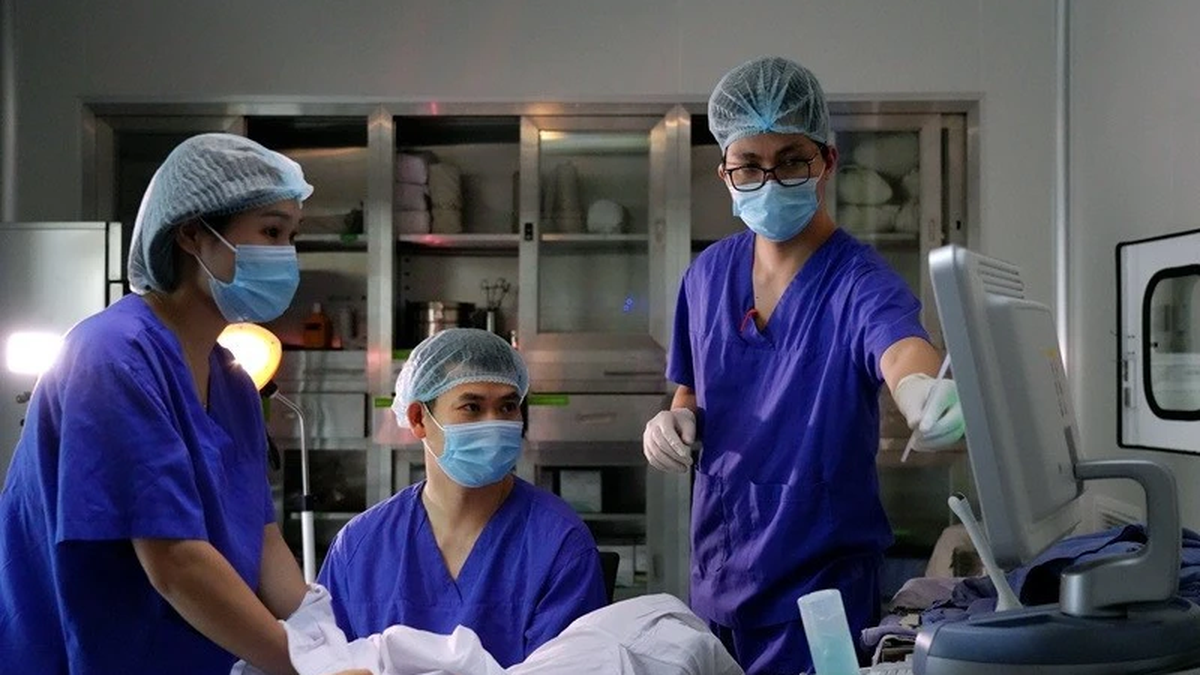
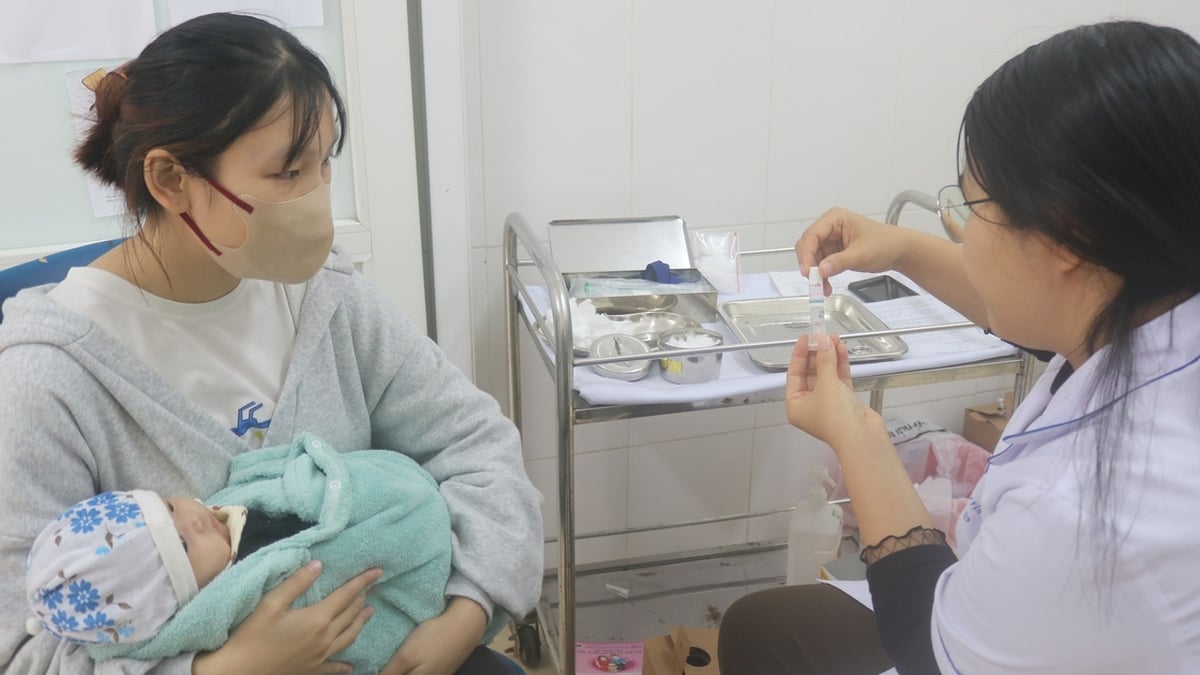



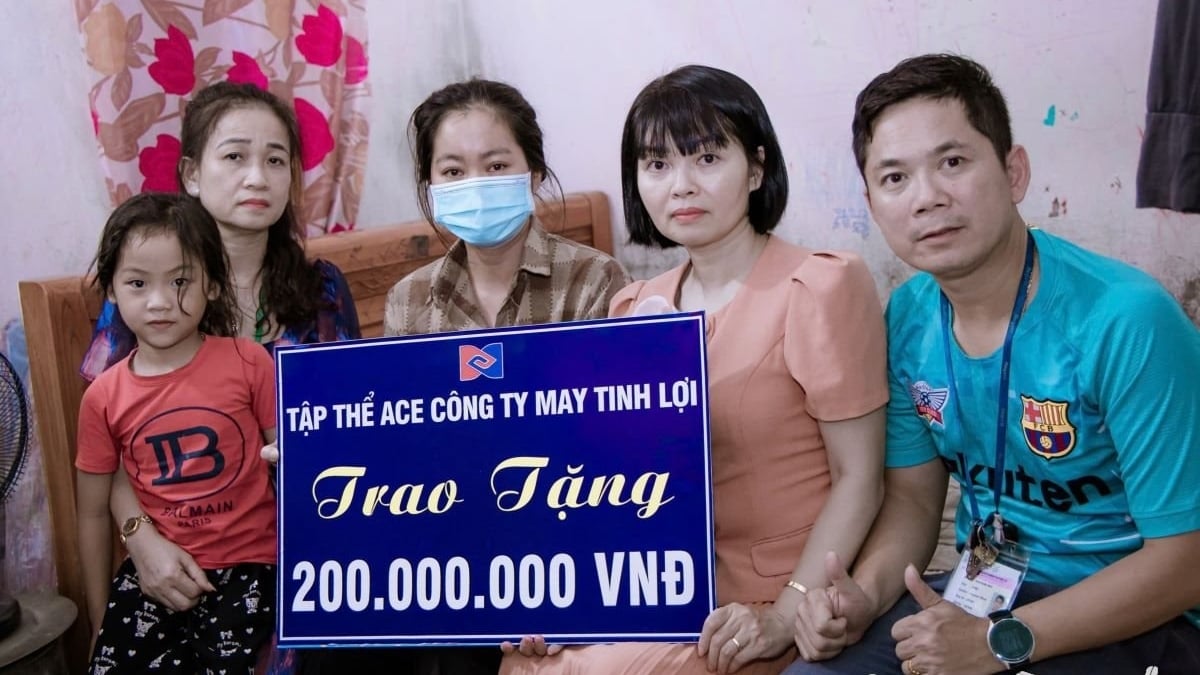
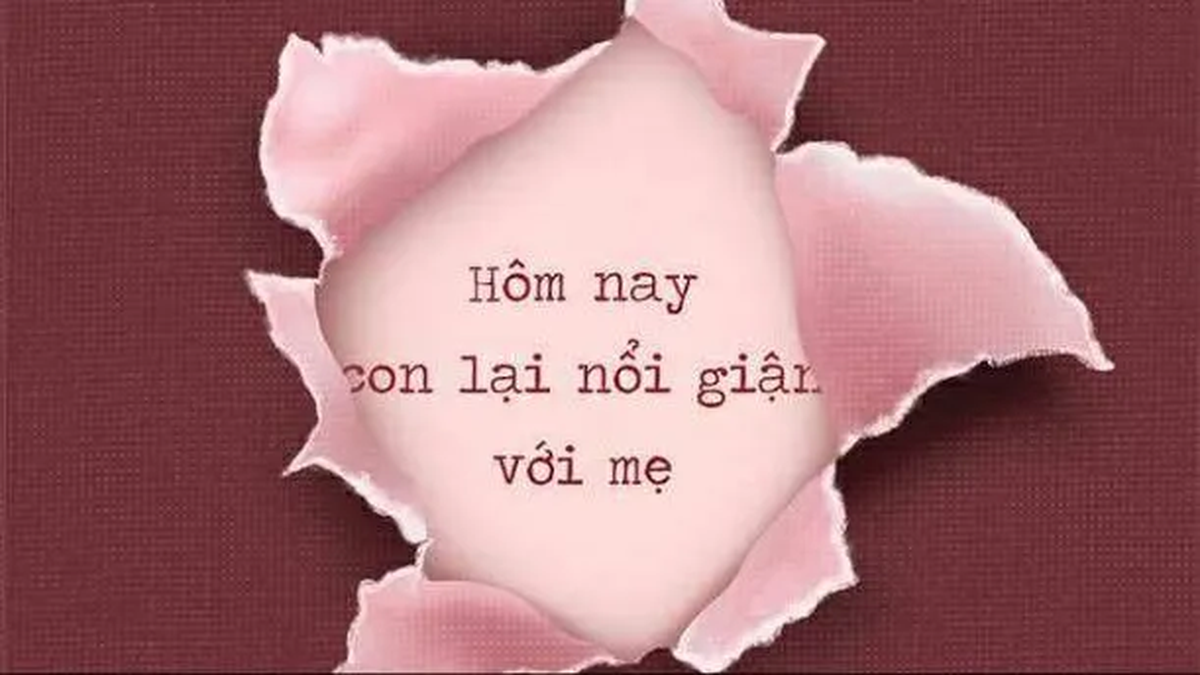

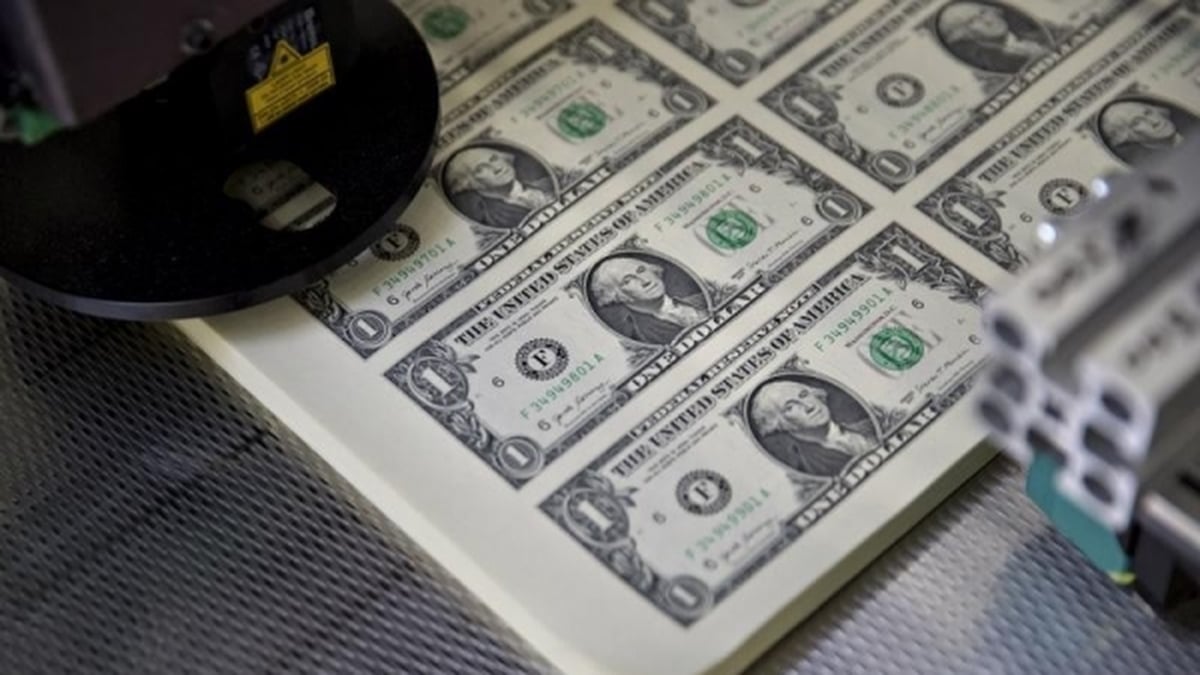































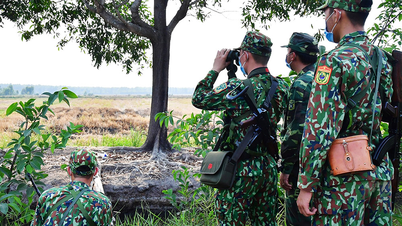











![[Maritime News] Container shipping faces overcapacity that will last until 2028](https://vphoto.vietnam.vn/thumb/402x226/vietnam/resource/IMAGE/2025/7/30/6d35cbc6b0f643fd97f8aa2e9bc87aea)





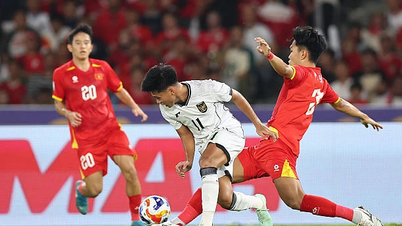
































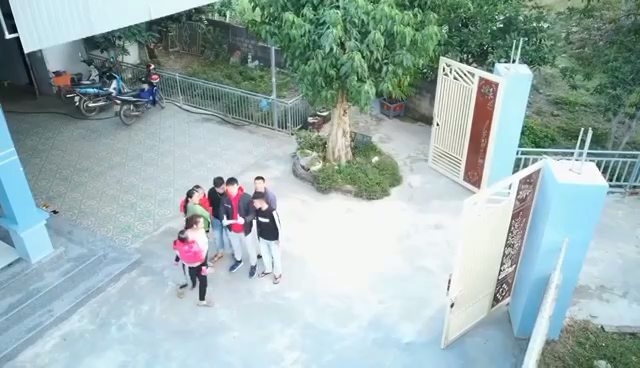

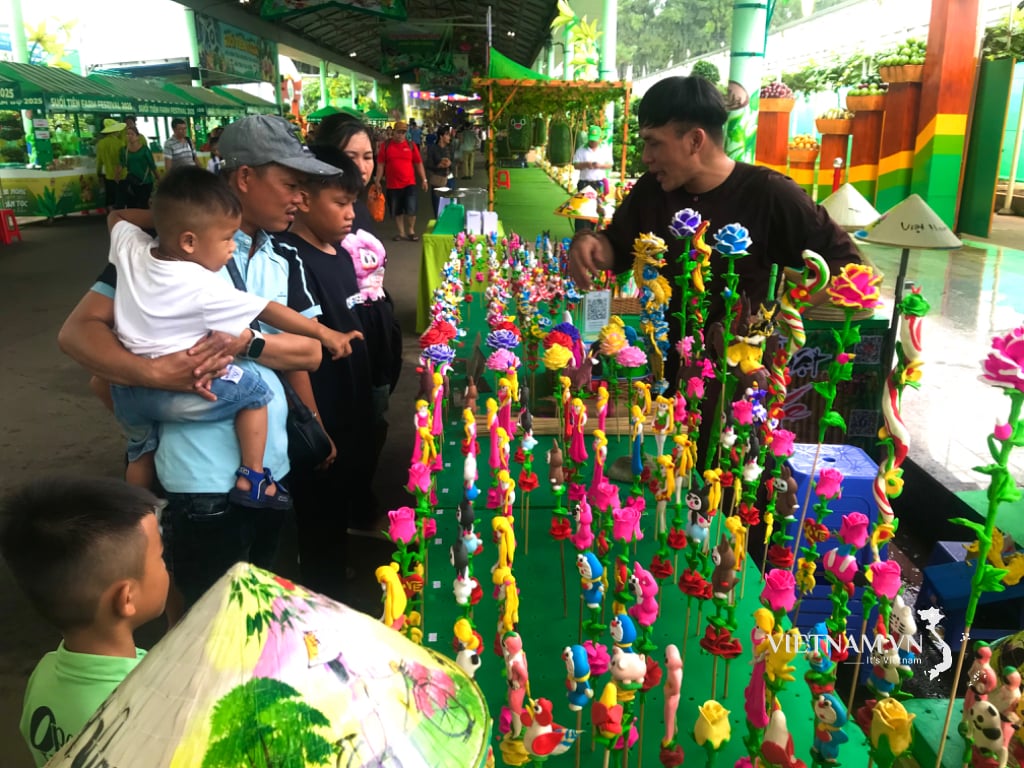

Comment (0)